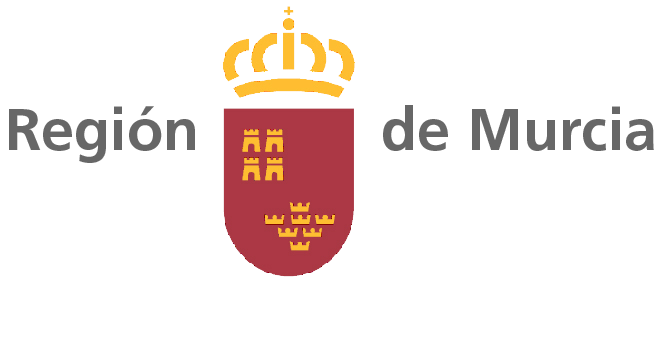Síntesis, estructura y reactividad de nuevos tipos de complejos organometálicos. aplicaciones como intermedios en síntesis y materiales fotoactivos
Research on Organometallic Chemistry has produced important advances in the understanding of chemical structure and reactivity, and it has successfully contributed to improve our quality of life through the development of new synthetic methodologies to produce, for example, pharmaceuticals, agrochemicals and new materials. The key to this success has been the discovery of new types of organometallic compounds and the examination of their reactivity and properties.
Although Organometallic Chemistry has been an active research area for more than 60 years, there are still new types of chemical structures and potentially useful new processes to be discovered. The purpose of the proposed project is to make significant contributions to the knowledge of the structure, bonding and reactivity of organometallic compounds and to develop new metal-mediated and -catalyzed synthetic methods to obtain valuable organic compounds in a more efficient, economical and environmentally-friendly way.
Project Organization
- Task A: We will address the synthesis of new palladacyclic systems, such as strained palladacycles, pincer and polypalladated complexes, that will likely show new bonding modes and singular reactivity. We will study the reactions of poly-functional molecules with those systems, including the insertion of poly-unsaturated molecules into the Pd-C bond. We expect that the study of these stoichiometric reactions will serve to implement cascade or multi-component catalytic C-C or C-heteroatom bond formation processes that will hopefully lead to high added-value organic compounds from simple building blocks.
- Task B: We plan to develop synthetic routes to new types of perfluoroalkyl gold complexes and to investigate their reactivity, with the aim of discovering new reactions which would lead to new types of organometallic complexes or to fluorinated organic compounds. We intend to discover new cycloauration methodologies and new gold(III) Lewis acidic catalysts. We expect that combining gold-catalyzed C-H activation and C-perfluoroalkyl coupling reactions should lead to new efficient synthetic methodologies for the perfluoroalkylation of C-H bonds.
- Task C: The unique combination of photophysical and photoredox properties of the recently discovered tris-cyclometalated Pt(IV) complexes makes them very interesting from both fundamental and applied points of view. We intend to gain a deeper knowledge of the factors that determine the properties of these complexes, to obtain new derivatives with improved quantum yields, tunable emission energies and excited-state redox potentials, as well as to apply them as photoredox catalysts. We expect that the high oxidizing power of Pt(IV) photocatalysts may allow the activation of unreactive substrates.

